- Home
- Sectors
- Solutions
- Tensabarrier®
- Tensator® Charging Stations
- Tensamedia® Wayfinding and Signage
- Lawrence® Post & Rope
- Tensator® Airport Passenger Guidance System
- Electronic Queuing – eQ™
- Tensaguide® Modular Barrier System
- Tensator Micam Protection – TMP
- Safety Solutions
- Access Control
- In-Queue Merchandising
- Holographic Virtual Assistant
- Virtual Queuing – VQMS
- Custom & Bespoke Solutions
- Resources
- About
- Contact Us
- Shop
 English (English)
English (English)
How To Improve An In-Store Customer Experience
15
Nov
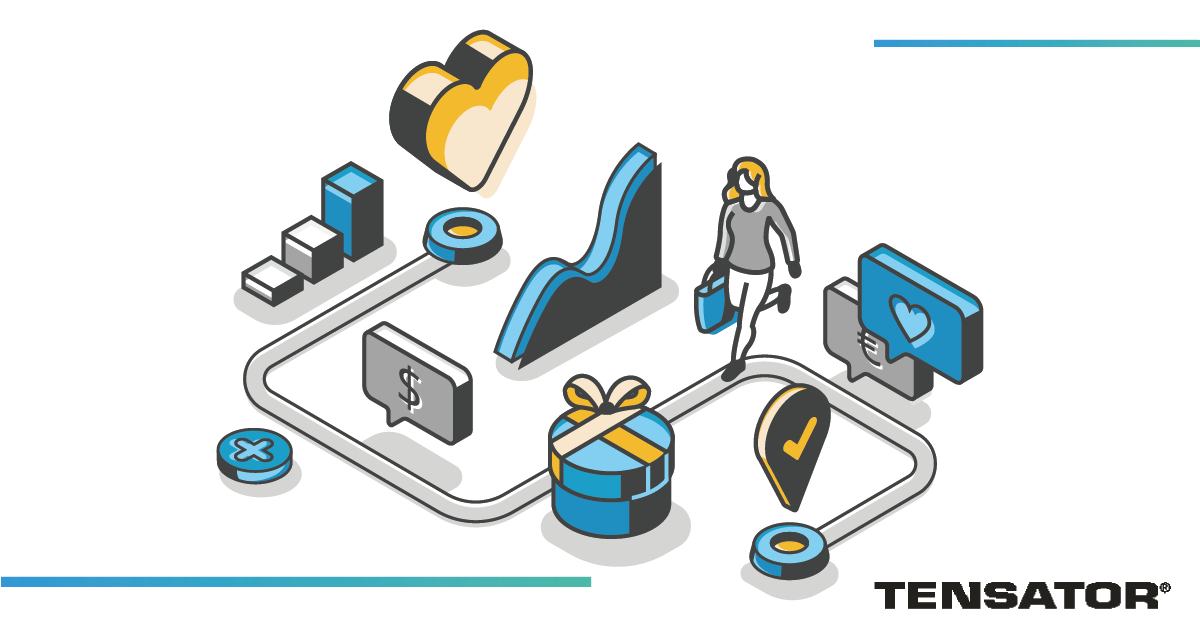
Post-pandemic, the customer experience underwent a seismic transformation. From regular in-store shopping to online ordering, consumers entered a more digital world. Now the restrictions are lifted, the retail, hospitality, and event industries can expect their first proper holiday season in years. Customers and visitors are returning to brick-and-mortar shops and venues.
Luckily, the world has spent the last two years refining the digital customer experience to maximise the visit-to-conversion ratio. As a result, there are plenty of tips, tricks, and ways of thinking to improve customer experiences in your store. These learnings are a solid place to start when you are looking at how to improve customer experiences in your business.
The Real World vs The Digital Scene
The unprecedented growth of digital sales could make one think a focus on physical stores is unnecessary. After all, why bother if customers can purchase everything they want and need online? This thinking, however, glosses over some of the main advantages of physical shopping.
For example, the retail customer experience offers sensory benefits to consumers. Here they can touch, feel, and smell a product before purchasing. Focus on the physical and digital customer experience to provide your business with multiple avenues to success.
But when you need a customer experience improvement, where do you begin?
What is the customer experience?
A customer experience definition is actually quite simple: It is the way customers interact with your business.
Simply put, a good customer experience makes their time with your business easy and enjoyable. A poor customer experience may make them never want to deal with you again.
Audrey Xu defines the customer experience in their blog post “What Is Customer Experience? Definition, Examples, & Tools.” Xu describes it as how:
“…your users or potential users receive and interact with every touchpoint of your business.”
Interestingly, Jason Bordeaux, in their blog post What Is Customer Experience? (And Why It’s So Important) defines it as follows:

Notice the usage of the terms “every touchpoint“, and “all aspects of the buyers journey.” Once your customer engages with your business in any capacity, everything is on show.
- Did they find their product easily?
- Did they find the checkout easily?
- Was the customer service helpful?
- Could they even find someone to help them?
If you associate interactions with your business as potential sales and revenue, it becomes apparent why customer experience is important. This article will dive into some in-store customer experience solutions, and then how queue barriers and products from Tensator can help.
Holistic Approach
If the customer experience for your business involves every touchpoint, then you need to ensure the journey is seamless from the moment a customer sets foot in your venue or store. What does that buying journey look like from a customer perspective?
In their blog post for Power Reviews, Francesca Nicasio highlights “5 Essential Steps in the Consumer Buying Process“.
They are:
- Problem Recognition
- Information Gathering
- Evaluating Solutions
- Purchase Phase
- The Post-Purchase Phase
Using these as a framework, we can begin understanding how to combine the customer shopping journey with queue management and crowd control products to deliver the best customer experience.
Problem Recognition
Many would believe the “Problem Recognition” aspect stems from the customer. However, many elements of impulse purchasing can fit into this. As highlighted in our blog article How To Boost Impulse Buying In Your Business, rationalisation of the purchase itself plays a part.
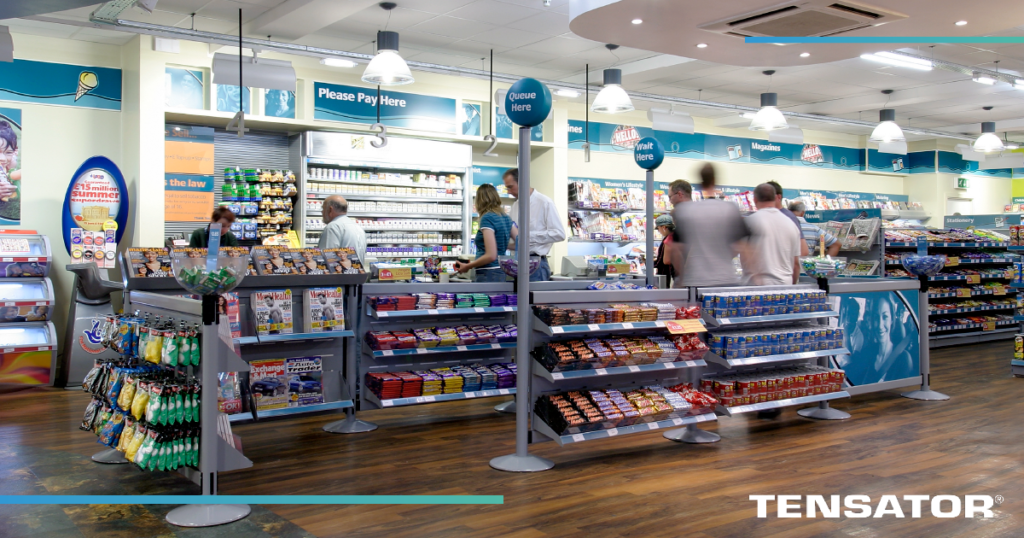
Essentially, impulse buying revolves around a goal-orientated mindset. Done correctly, a customer believes they have achieved something. This can result in a customer leaving an establishment with a positive customer experience rather than a negative one.
For example, on a hot day, your shop sells cold drinks next to the checkout. Your customer may feel too warm and recognises how a cold drink may help resolve this situation. To further drive this consumer buying behaviour, your staff have set up signage products to push the items. The artwork used in the post-top sign holders or on your Tensamedia Eco Mediablades helps boost these conversions.
The customer will then recognise the problem of feeling too warm, and resolve this by purchasing a cold drink before they leave the store. By combining environmental factors with marketing stimulus, signage solutions and products help when managing the customer experience.
Information Gathering
“…once the consumer recognizes they have a problem (or symptom of it), they proceed to research to solve the issue.“
Usually a job for online purchases, the Information Gathering phase of the customer buying journey can also be known as the “research” phase. Here, a potential customer is looking for solutions to their problem. Naturally, this can include a google and a browse to find out what they need.
But what if you incorporated this into your store?
Tensator has many innovative ideas to improve customer experience in a store. For example, the Tensator® Virtual Assistant.
A high-quality and customisable digital solution. The Virtual Assistant combines imagery, music, and marketing messages. You can use this product to present product information in an interesting manner way.
- Tell a story and bring messages to life.
- Guaranteed message consistency without a loss of quality and delivery.
- Add a touchscreen display to expand functionality.
- Record in multiple languages for use in tourist locations.
Unique and engaging, the Tensator® Virtual Assistant is another way to improve the customer shopping experience and to bring the information-gathering phase in-store. Learn more about how the Tensator Virtual Assistant improved efficiency and customer journey at Boston Logan Airport.
Evaluating Solutions
Before making a purchase, many aspects lead to the final decision.
Mallika Rangaiah highlights 5 factors in their blog article: 5 Factors Influencing Consumer Behaviour. They are:
- Psychological
- Social
- Cultural
- Personal
- Economic
During the Evaluating Solutions phase of the overall customer experience, aim to highlight the benefits of your products. Especially when compared to your competitors. Digitally, the process tends to be straightforward. You can focus on SEO, push into marketplaces like Amazon and Google, or lean into shopping channels.
However, what about the physical shoppers who like to browse? Be aware some buying elements cannot be replicated online.
For instance, the feel of a cashmere scarf. The smell of a scented candle. There may even be special offers when you collect your product in-store which you may not be aware of. The customer experience value can grow incredibly when executed well.
When looking at what makes a good customer experience, think about making this phase in the buying journey easy while customers are in your store. For instance:
- Utilising signage solutions to highlight price drops.
- Using post & rope queue management products to highlight your best brands.
- Implement virtual queues to enable customers to browse your store while they wait.
Help customers through their purchasing journey by highlighting the sensory aspects of your products. Doing so is an easy way towards delivering a great customer experience.
Purchase Phase
Once your customer knows what to buy and why to buy it, they will be ready to purchase. The customer journey has all led to this point. But unfortunately, this can be an area where a physical location may falter.
Customer queues can quickly become chaotic without an effective queue management system in place. Especially during peak periods.
The checkout is one of the most crucial customer journey touchpoints and is key to creating a positive customer experience in-store.
And this is where Tensator comes in.
From retractable barriers to wayfinding and signage solutions, to electronic call forward systems are all designed to coordinate customers and visitors. Combining these three key products in your queue can:
- Increase profitability.
- Improve staff efficiency.
- Boost revenue.
Queues are not inherently negative. In fact, you could argue a queue is an indicator of a successful business. The busier your physical store, the longer your queue naturally becomes. The trick is to ensure customers do not become frustrated while they wait.
A well-organised queue will enhance one of the final parts of the customer buying journey, which will help them leave your business feeling they have had a good customer experience.
Remember: waiting time feels longer when there is nothing to do.
Signage products like our InQ-Totems, or presenting digital media on InQ-TVs can help engage customers and visitors while they wait. With queue management products in place, you can ensure the final part of the customer experience process is smooth and satisfying.
The Post-Purchase Phase
The overall customer experience continues after purchase. To truly maximise the customer journey and retain shoppers, it becomes imperative to follow up. Asking for reviews and feedback are the main streams of customer information in these scenarios.
In-store, there aren’t many ways you can affect this with your customers. However, you can take steps to incorporate methods to make the transition from store to home seamless.
Including QR codes is an easy way to improve the customer experience in retail, tourism, and the hospitality industry. But where to find them?
- Artwork held in post-top sign holders.
- Printed onto post caps on Tensabarrier products.
- Highlighted on promotional signage such as the Tensamedia Eco Mediablade.
Use QR codes to encourage customers to leave feedback and reviews for your business. Doing so enables you to measure customer satisfaction and potentially make amendments during peak periods.
Ideally, with the efficient queue management system you have incorporated, visitors will report they had a great customer experience in your business.
Proactive vs Reactive Customer Service
If you need to focus on the customer experience, start by anticipating and catering to their needs. To improve the customer experience in your business, try looking at the following factors:
- Customer navigation.
- Queue layout.
- Customer flow management.
These factors are crucial to improving the customer experience. The best practices for digital customer journeys and physical experiences are not mutually exclusive. The theory and thoughts tend to remain the same.
For example, the number of clicks needed for a customer to go from a landing page to complete their purchase should be minimal. The “three-click rule” is often cited as an unofficial web design rule to optimise website navigation. The thinking here is less clicks means less customer frustration.
Building customer experience should be about making their lives easy. Essentially, make sure you put the customer first.
When trying to optimise the customer shopping experience in your business, remember how the best customer service experiences revolve around this idea.
Customer Navigation
Struggling to locate an item is one of the largest customer experience challenges. Without wayfinding signage products in place, customers will be unable to navigate your business and will be unable to locate what they came in to find.
Clear signage and visible wayfinding instructions are essential to what makes a great customer experience. A survey made by Custom Neon found the following:
83.2% stated that text is an essential element of good signage.
As mentioned in our previous section, InQ-Totems help with the purchase phase of the customer buying journey. Incredibly versatile, you can also use them in multiple areas of your business.
- Fully customisable.
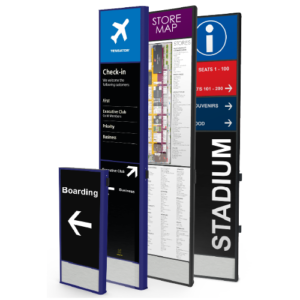
InQ-Totem
- Manufactured from lightweight aluminium.
- Built-in webbing cassette and receiver clip to connect to existing Tensabarrier® products.
This metal signage product can be secured to the floor using a floor place and bolt fixings for added stability. Each composite panel is also fully customisable. You can print important information directly onto metal plates.
For example, you can have maps or instructions printed directly onto the totem to provide visitors with easy, visible access to wayfinding instructions. This will:
- Improve customer navigation.
- Boost staff efficiency.
- Reduce customer queries.
If you were looking for a more flexible solution, our new Fluted InQ-Totem® measures 2m tall and wraps around your Tensabarrier® posts. Featuring simple Velcro pads to wrap around your existing posts. Perfect for highlighting priority queues in any industry.
For an example of how signage solutions have been implemented, our British Airways Case Study can provide more information.
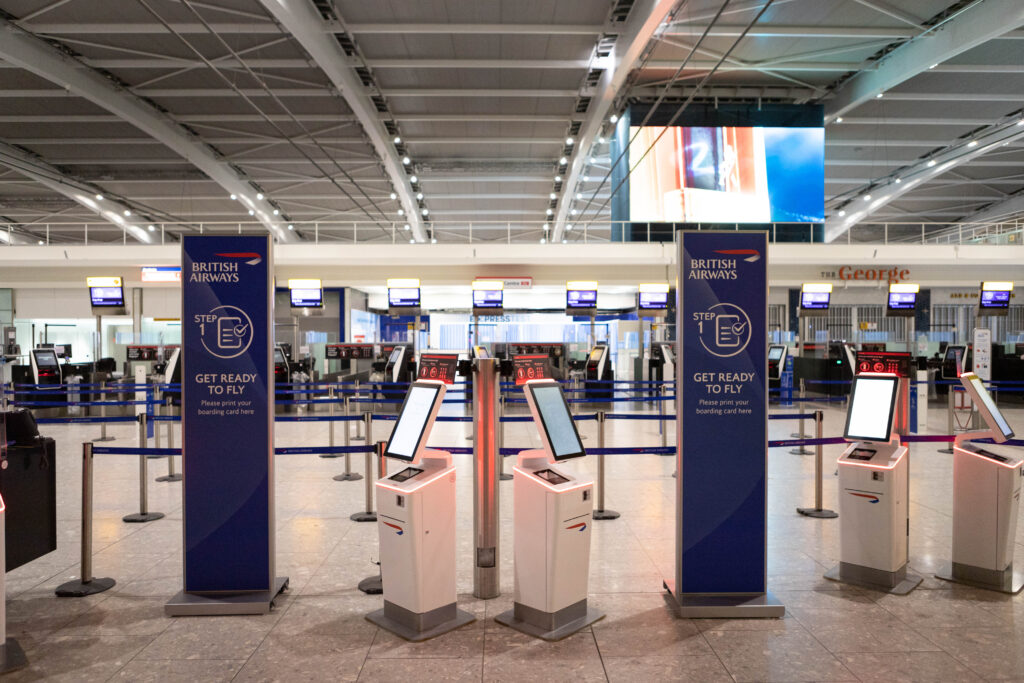
Queue Layout
The layout of your checkout queue can be crucial to reducing customer frustration. Previously we have mentioned how “fairness” plays a role in queue management. The idea of patiently waiting in line to make your purchase. Everyone else is in line putting in the same effort to be rewarded equally. It helps make the wait time seem slightly more tolerable.
A single-line queue is the most straightforward, objectively “fair” queue form. A “first come, first served” style. It removes ambiguity for your customers.
- Less stress over arrivals – you arrive, you join.
- Reduced anxiety over “which queue is the correct one?”
- Easily managed queues with multiple checkouts.
On the other hand, a multi-line queue can easily cause frustration among your customers. The speed of each customer is processed differently, which can lead to visitors being trapped behind a busier cashier for longer. In the meantime, they could look to either side and see pedestrians who join a queue after they did, being served before they are.
Kirill Tšernov in their blog Single-Line Queues Vs Multiple-Line Queues: Which One Is Better? states:
“A multiple-line queue works on the “more is better” understanding. Just like with single queues, there can be multiple service desks, but each comes with its own, separate line.”
On the surface, a multiple-line queue appears to maximise space while offering lower queue times. However, they can also lead to other customer experience issues:
- Queue anxiety and the fear of joining the “wrong queue”.
- Line switching and queue jumping.
- “Unfair” queue waiting times.
Unlike a single-line queue which is easy, fast, and fair, the multiple-line queue has a higher prospect of chaos and confusion. After all the work the store has done to help the customer, the customer experience falls at the final hurdle.
Customer Experiences
You cannot ignore how the digital market has grown during the pandemic. But as physical shopping arrives back onto the scene in its first proper peak period, the customer experience has become more crucial than before.
There have been a large number of learnings found in online shopping. However, these are easy to bring over to in-store shopping experiences. Adopt these to provide a positive customer experience in your business.
- Proactive customer service.
- Automation.
- Clear customer journey.
To deliver the best customer experience in-store, try keeping these transitional points in mind when selecting queue management products.
- Signage solutions to improve wayfinding.
- Tensabarrier products to improve queue layouts.
- Call-forward systems to automate queues for staff.
Pre-emptively addressing potential customer pain points can help improve the customer experience to ensure they leave with a full bag and good feedback.
DID YOU FIND THIS BLOG HELPFUL?
If you found this blog interesting, helpful, or informative (or even all 3!), then please:
- Let us know with a comment.
- Add a link in your next post on social media.
- Provide a link in your next email newsletter.
- Bookmark this page and revisit later.
- Get in touch with us for any questions or queries you have!
You can also follow us on LinkedIn, Facebook, Twitter, and Instagram for more updates and interesting content.

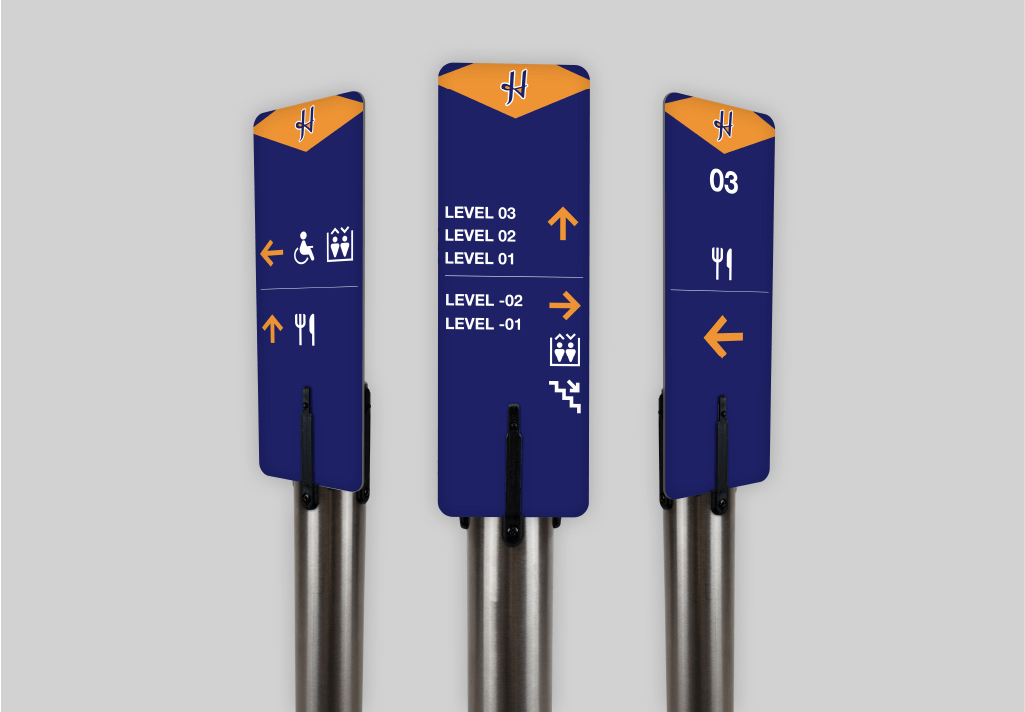



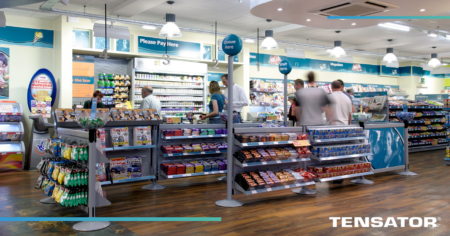 How To Boost Impulse Buying In Your Business
How To Boost Impulse Buying In Your Business 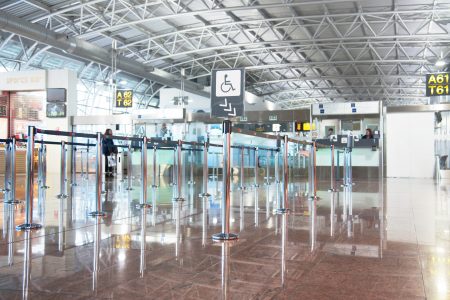 3 Ways That Wayfinding Signage Benefits the Customer Experience
3 Ways That Wayfinding Signage Benefits the Customer Experience 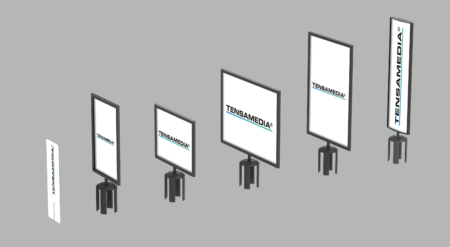 4 wayfinding signage solutions for event venues
4 wayfinding signage solutions for event venues 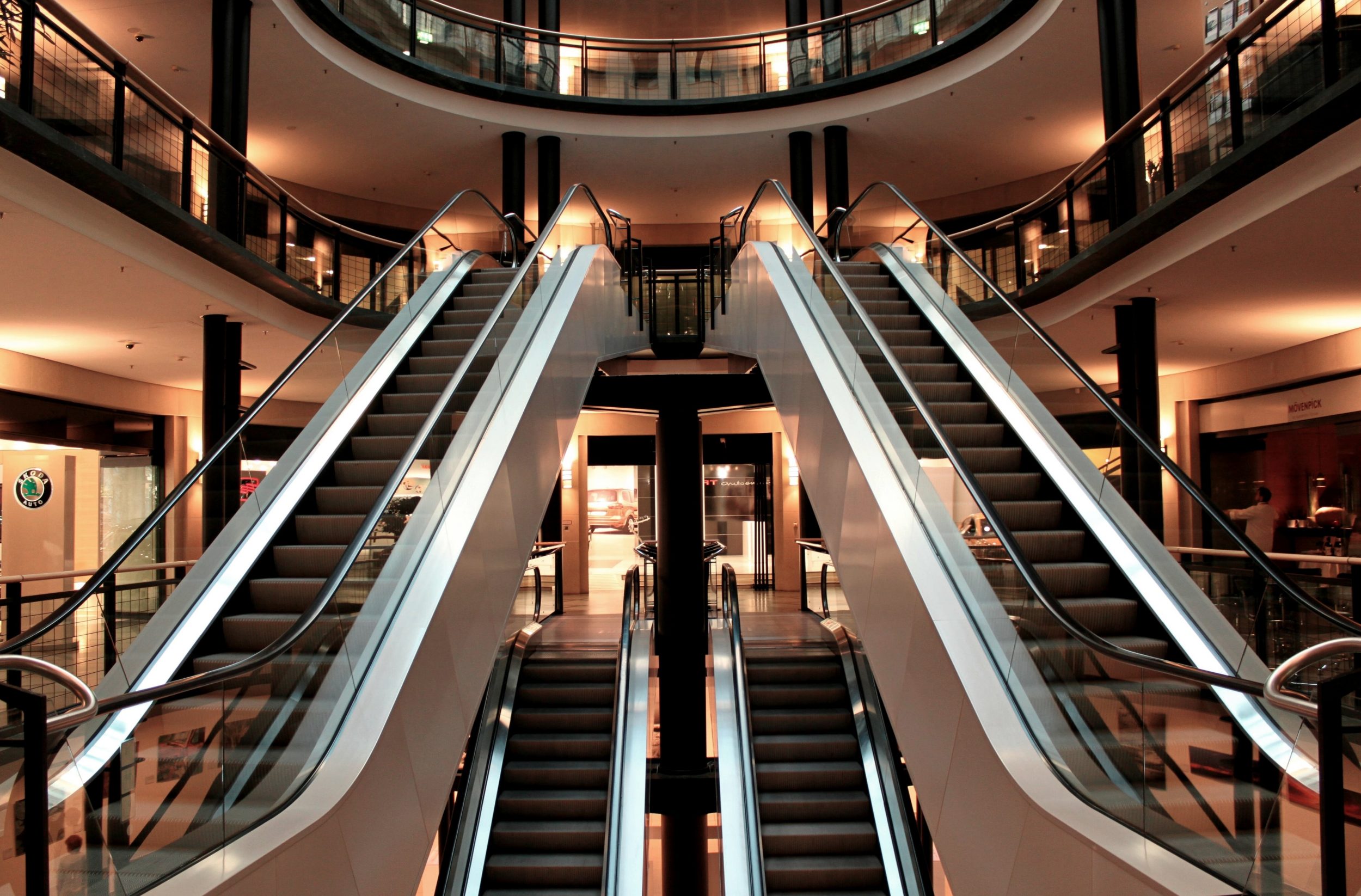 3 Top tips for queue management best practice
3 Top tips for queue management best practice  5 benefits of queue management systems
5 benefits of queue management systems  7 ways to improve customer flow management
7 ways to improve customer flow management 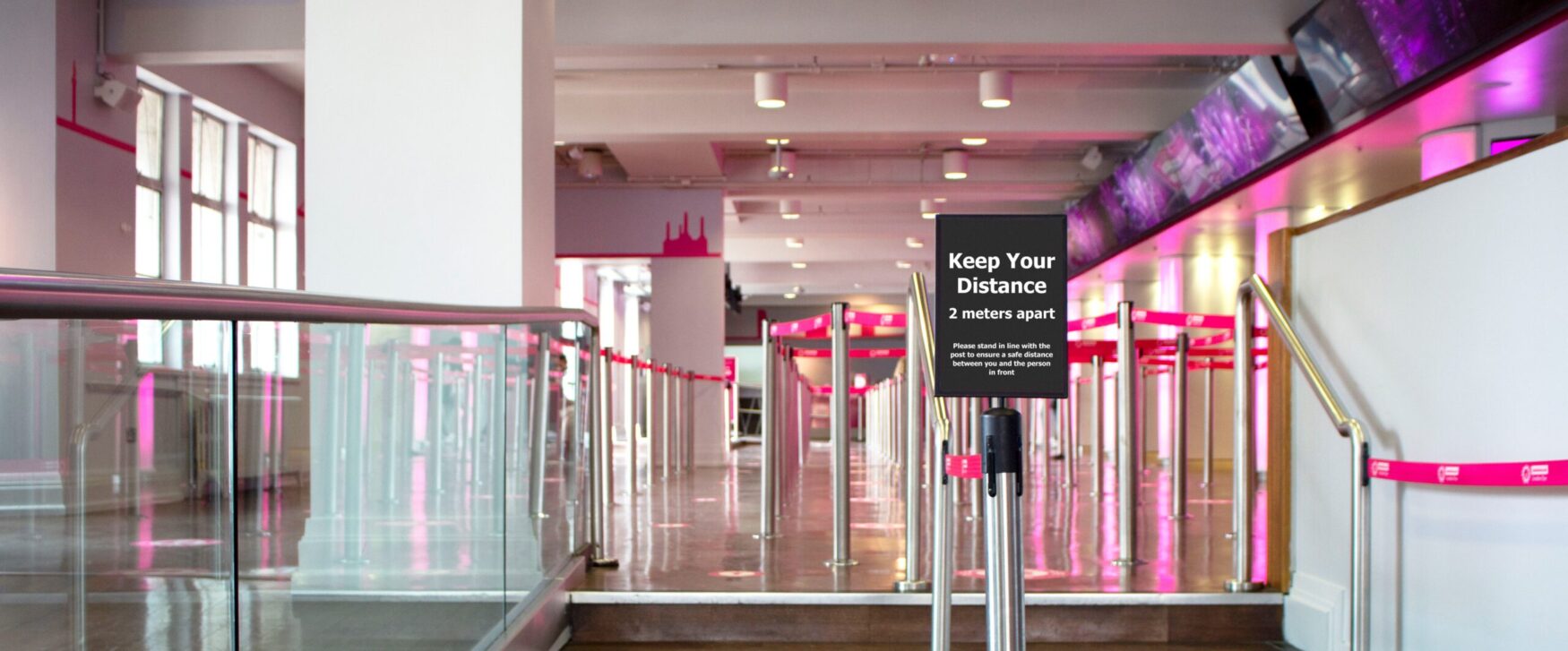 Post Top Signage
Post Top Signage 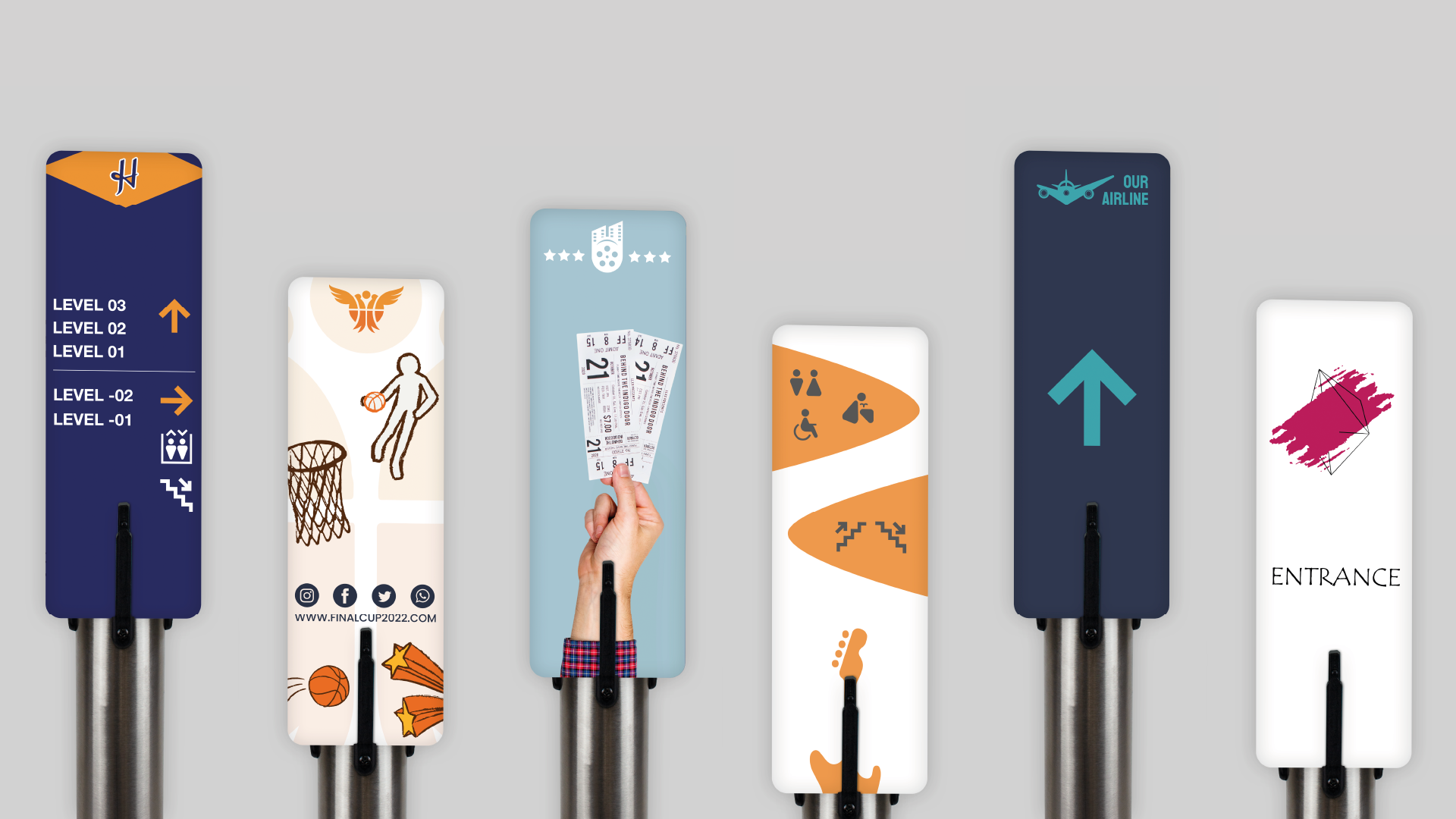 Tensamedia Eco Mediablade
Tensamedia Eco Mediablade  Lawrence® Post & Rope
Lawrence® Post & Rope 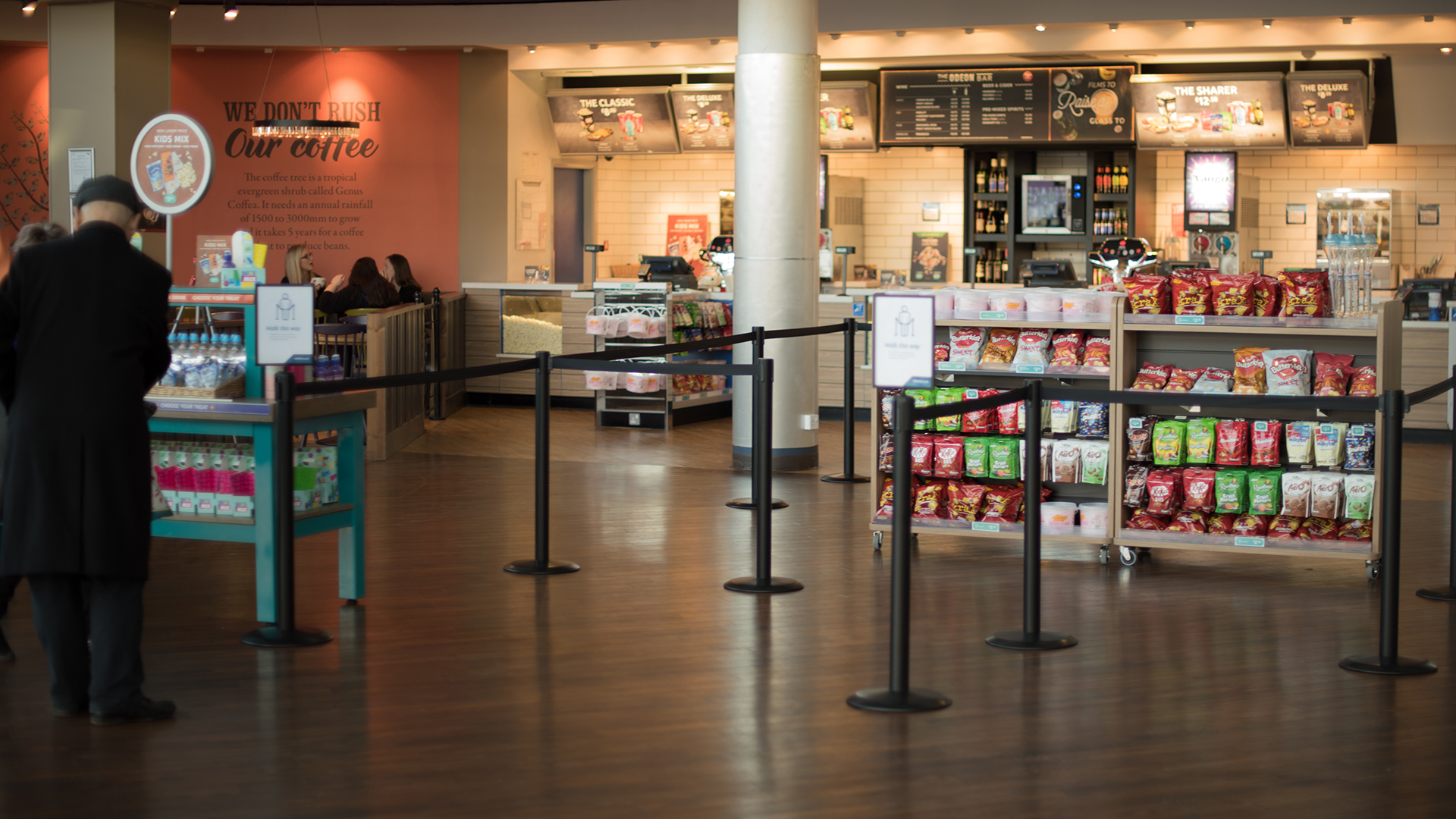 Tensabarrier®
Tensabarrier® 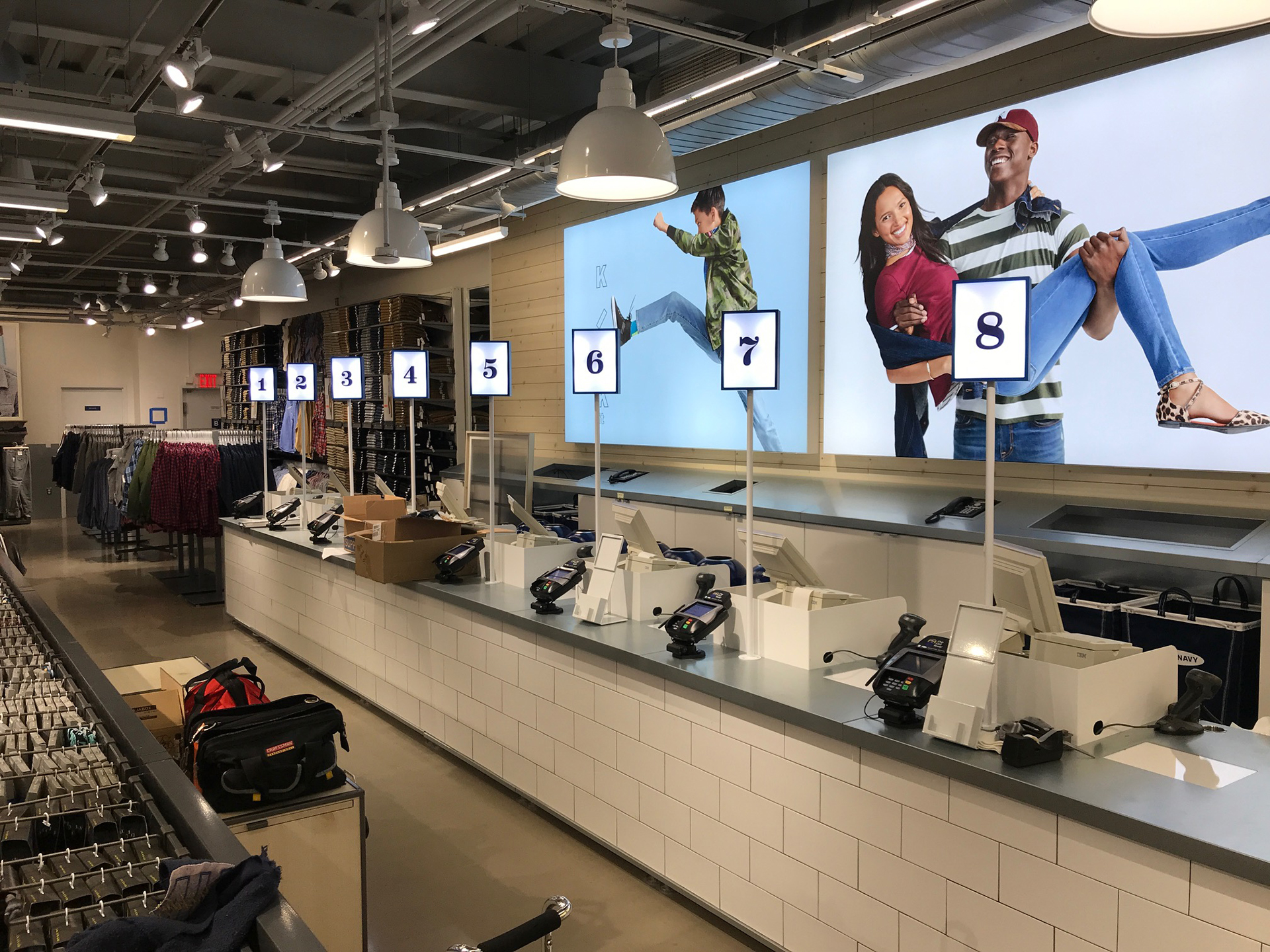 eQ™">
Electronic Queuing –
eQ™">
Electronic Queuing – 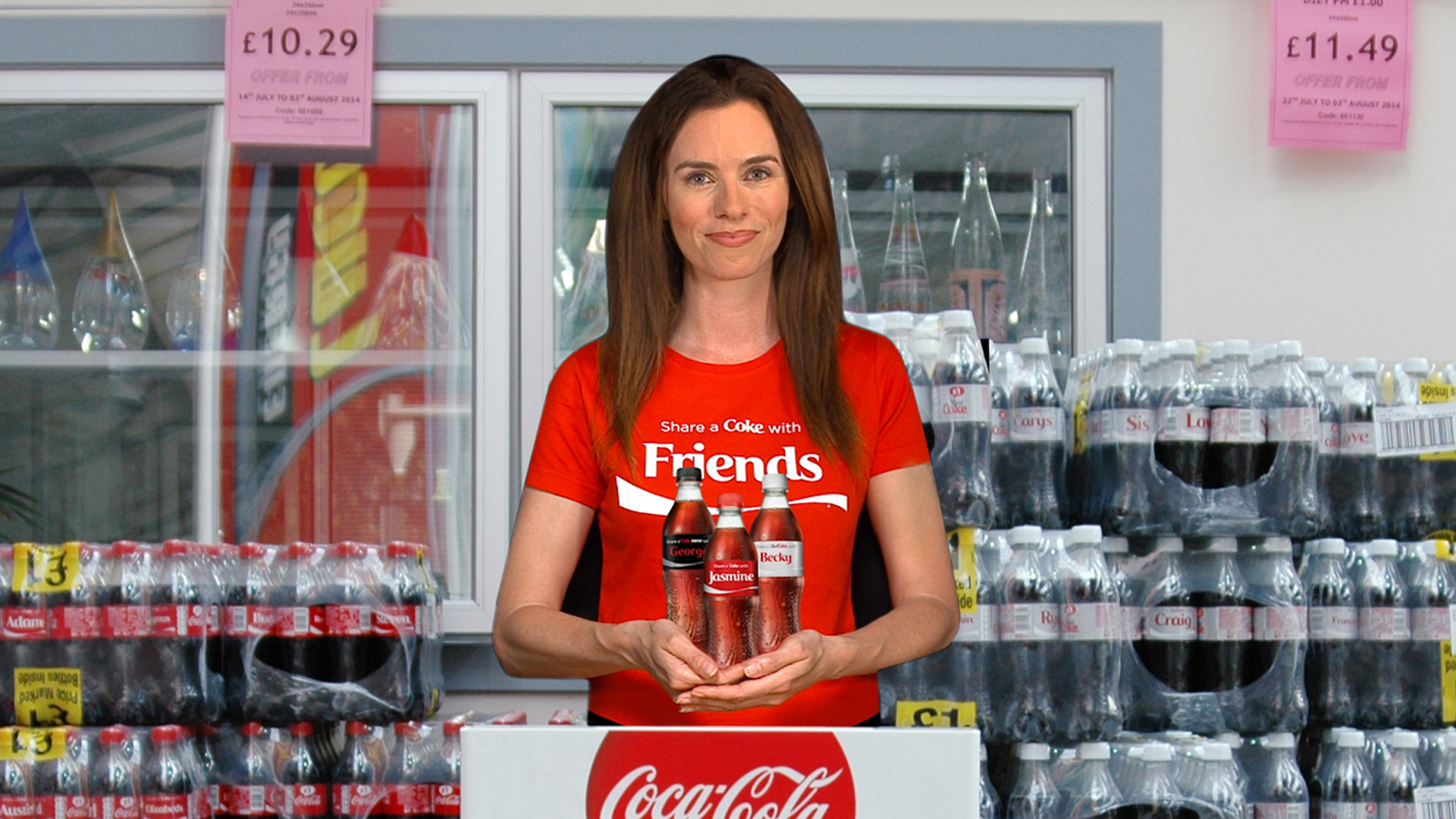 Private: Tensator® Virtual Assistant
Private: Tensator® Virtual Assistant 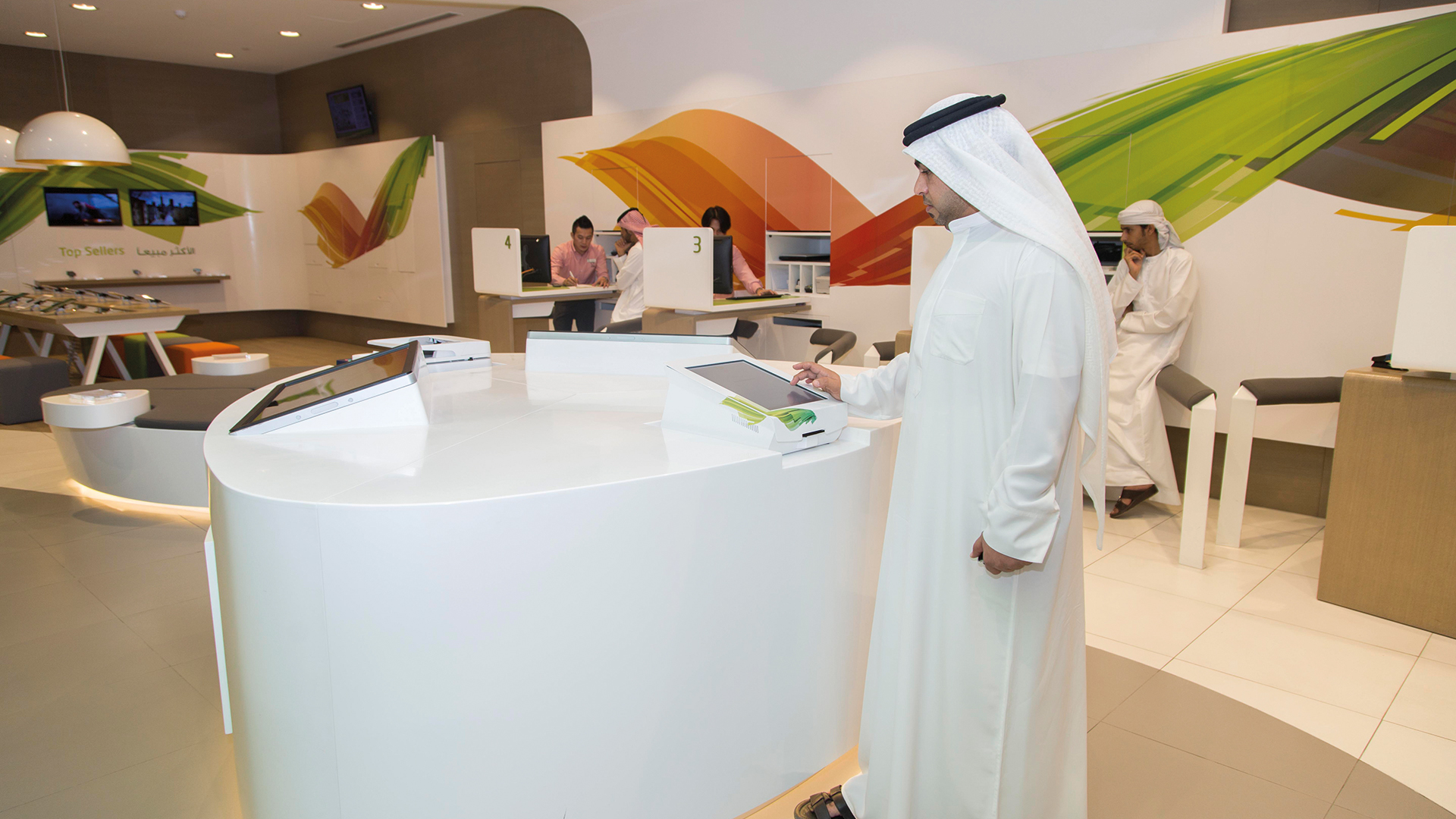 Virtual Queuing – VQMS
Virtual Queuing – VQMS  Retail
Retail  Event Barriers and Signage
Event Barriers and Signage 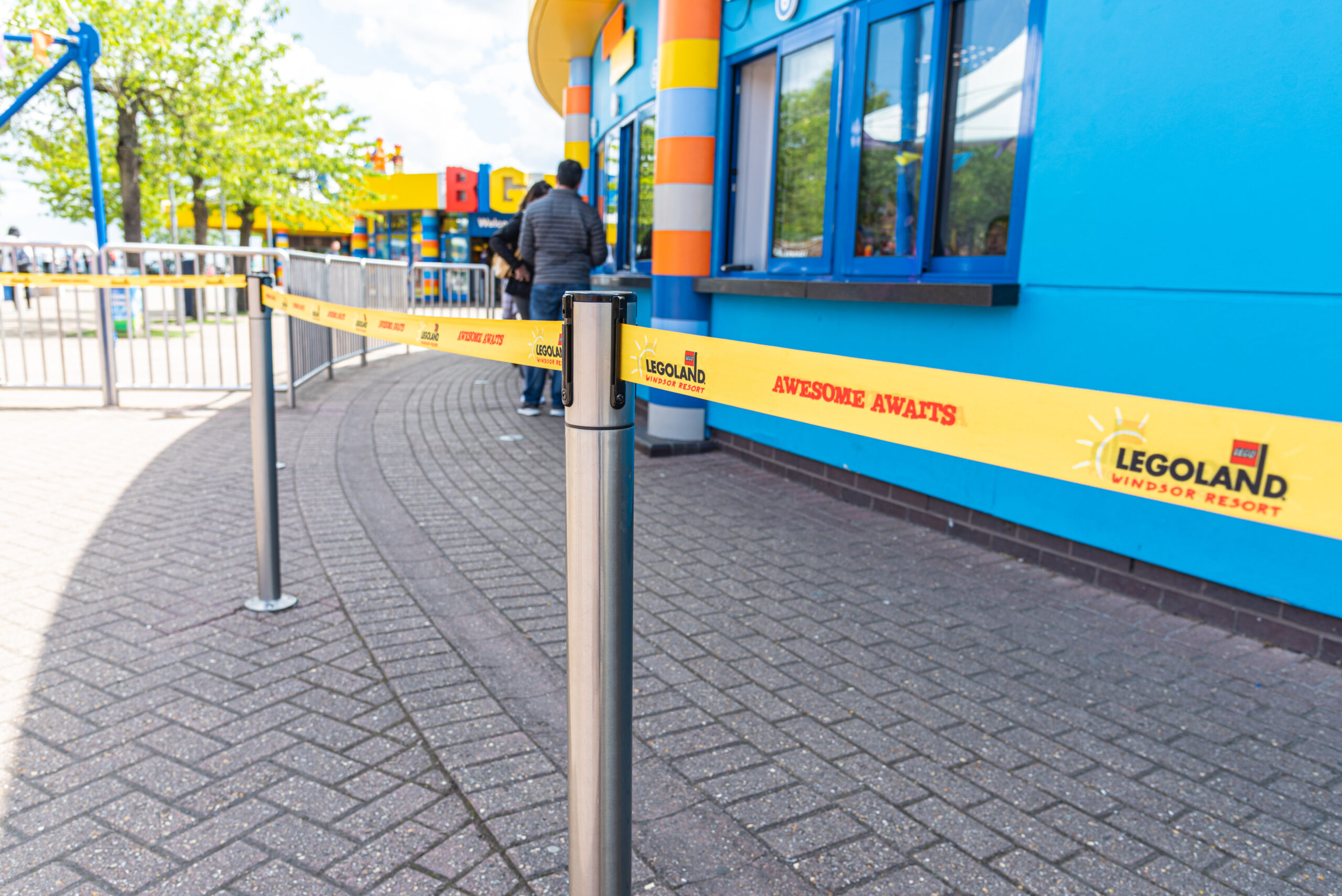 Leisure & Tourism
Leisure & Tourism 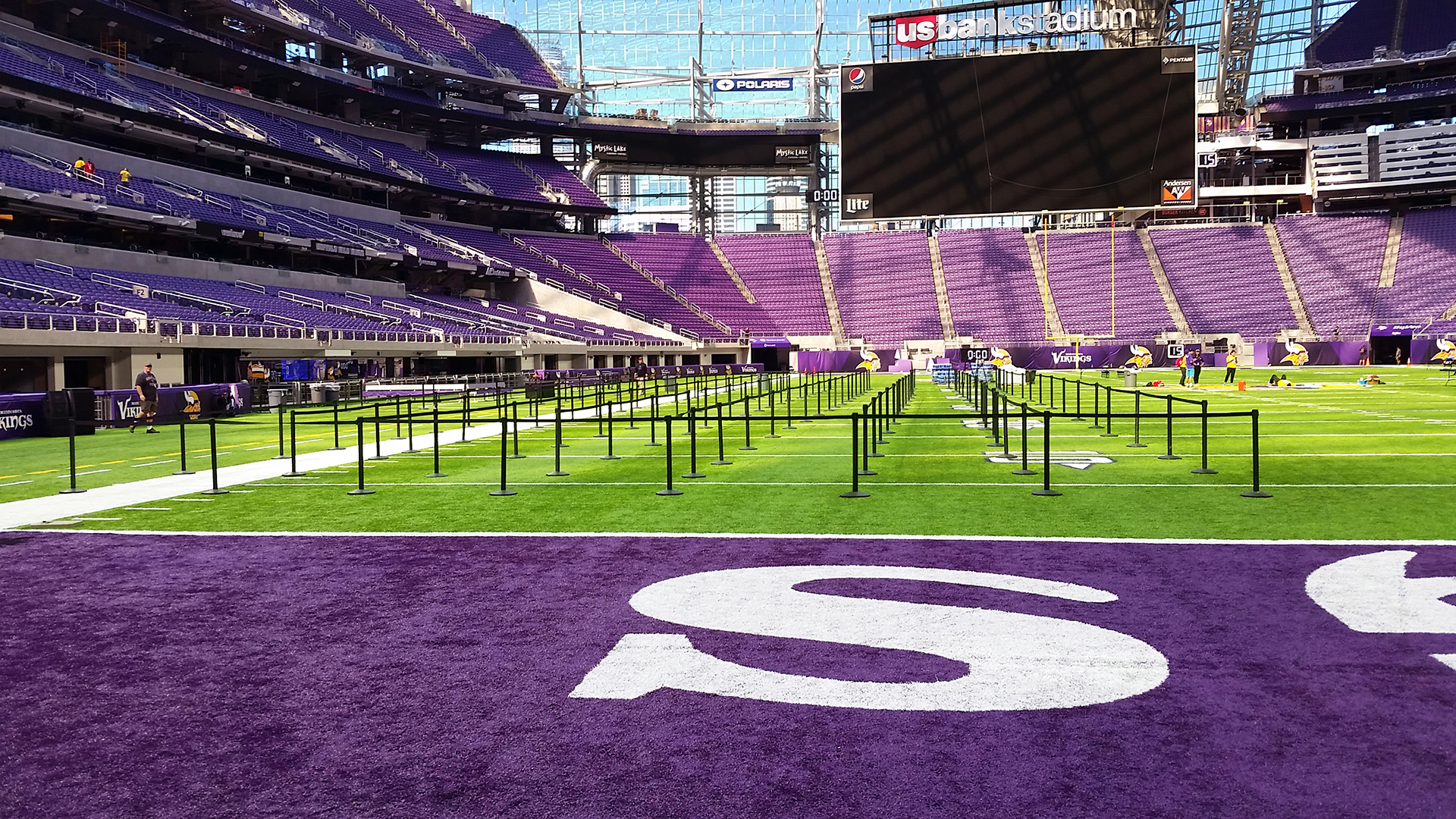 Sport
Sport 


